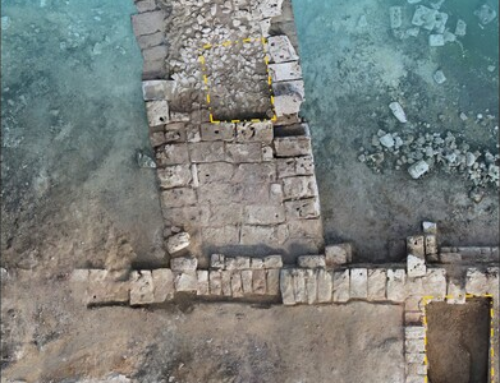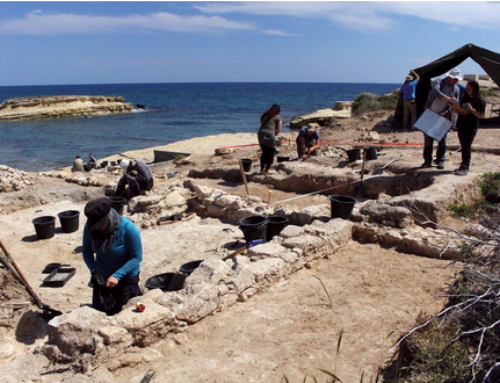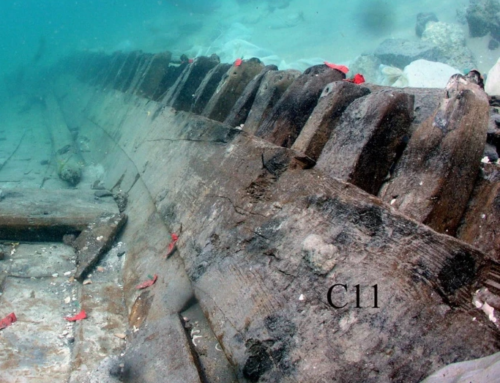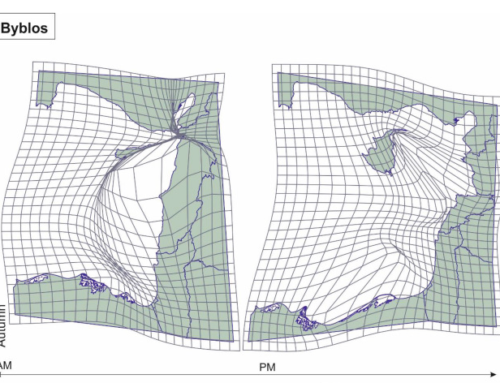Galili E, Benjamin J, Eshed V, Rosen B, McCarthy J and Kolska Horwitz L were awarded an Open Access grant to publish their paper in The Public Library of Science as an open access article
Abstract
We report the results of underwater archaeological investigations at the submerged Neolithic settlement of Tel Hreiz (7500 – 7000 BP), off the Carmel coast of Israel. The underwater archaeological site has yielded well-preserved architectural, artefactual, faunal and human remains. We examine and discuss the notable recent discovery of a linear, boulder-built feature >100m long, located seaward of the settlement. Based on archaeological context, mode of construction and radiometric dating, we demonstrate the feature was contemporary with the inundated Neolithic settlement and conclude that it served as a seawall, built to protect the village against Mediterranean Sea-level rise. The seawall is unique for the period and is the oldest known coastal defence worldwide. Its length, use of large non-local boulders and specific arrangement in the landscape reflect the extensive effort invested by the Neolithic villagers in its conception, organisation and construction. However, this distinct social action and display of resilience proved a temporary solution and ultimately the village was inundated and abandoned.





